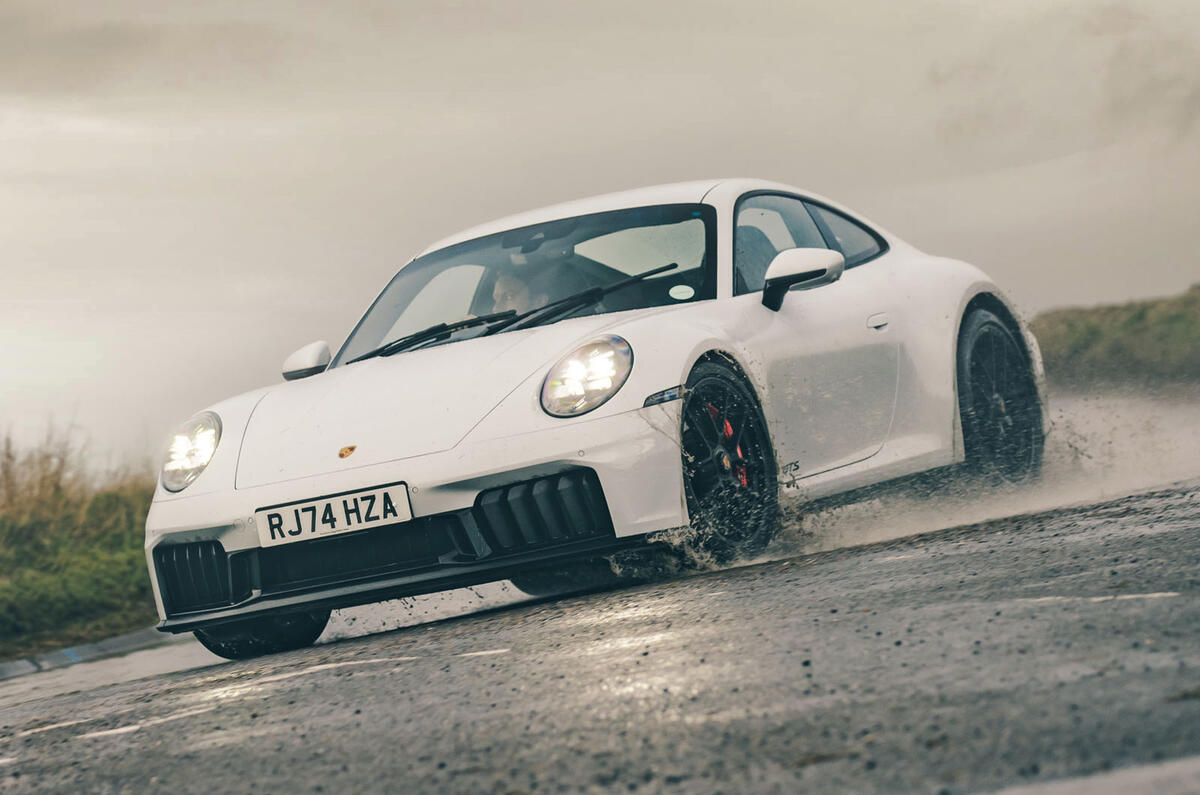The Porsche 911 was name-checked as one of the models helping fuel Volkswagen Group’s growing order bank in western Europe at its recent half-year financial results.
A sports car now costing in excess of £100,000 even for a base rear-wheeldrive Carrera (just four years ago, it was a smidge over £80,000) may seem an odd model to call out for driving growth at the world’s second largest car maker, yet, 61 years after its introduction, the 911 is as crucial for Porsche as ever.
Almost one in six sold is still a 911, some 25,000 having found homes in the first half of 2025. That’s actually a small drop year-on-year but explained by a model changeover, and the order bank remains strong.
The 911 has outsold the combustion-engined Macan, Panamera, 718 Boxster/Cayman and Taycan, and only the Cayenne and electric Macan sit above it. In the UK, it’s only second to the Macan. Remarkable.
Necessary too, for the 911’s robustness is a rare bright spot for Porsche.
Oliver Blume, CEO of both the VW Group and Porsche (and you thought you were busy…) took questions on a pretty bleak present for Porsche ahead of its own results being published. There have been year-on-year declines in sales volumes, sales revenues, profi ts and operating margins, with the latter the scariest: Porsche’s margin is just 5.5%, down 65% year-on-year and akin to that of a moderately successful volume car maker. Given its price hike, you would expect the 911 to be doing plenty of heavy lifting within that overall margin too.
Blume, calm and measured, told me three things that are making the brand suffer: the collapse of the luxury market in China, import tariffs to the US and the slower than expected demand for EVs. The result has “put the business model of Porsche under pressure”.
Porsche has been hit more than most by tariffs in the US (all of its cars are imported to the US from Europe) and the Chinese market dynamic changes as “the US and China are by far the biggest markets for Porsche”.
In the case of China, Blume quoted a luxury market decline of 34% in 2024 and another 50% in the first half of this year. “Porsche lost a lot of volume,” he said – 28% so far in 2025, to be precise.
Porsche’s recovery plan includes investment in a major new model that extends beyond EVs and back towards combustion-engined cars in response to the EV slowdown. Alongside this is a huge cost saving programme that will save hundreds of millions of euros in costs and cut around 15% of its workforce by 2029.










Add your comment